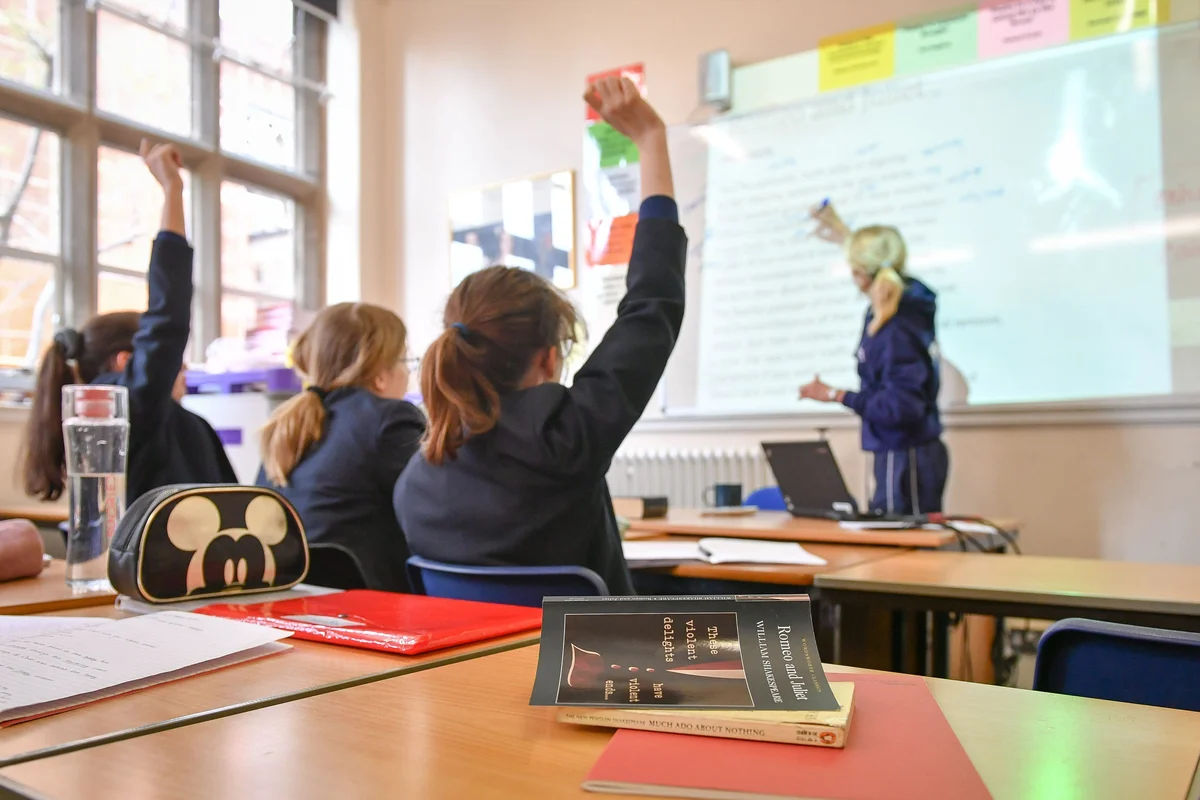Copyright standard

There were enough vacant primary school spots to fill around 23,000 classrooms last year, the highest number since records began, according to the Institute for Government. About 611,300 primary school places were left unfilled in the 2023-24 school year, making up 12 per cent of the 4.95M total. This marked a whopping increase of 34,000 on the previous year, research from the think tank found. The report, which was funded by the Nuffield Foundation, showed London has been disproportionately impacted by dropping pupil numbers, with primary school classes in the capital emptying out almost twice as fast as in any other part of the country. Since 2018-19, primary schools in London have hemorrhaged 8.1 per cent of their pupils, making up the equivalent of 2,060 classes. It has been suggested that falling birth rates and families seeking cheaper housing and childcare moving out of the city has led to several primary school closures and mergers in inner city London. Official statistics show that over the course of the five years between 2019-2024, 36 state primary schools were closed in London, The concern is that if pupil numbers continue dropping, and staff continue to face pressure to reduce costs and staff, the government may cut funding for schools or close them altogether. Between 2024-25, research showed that falling pupil numbers affected secondary schools across the North East, London, the South West, Yorkshire, and the Humber. The largest drop off remains in London, which saw a reduction of 0.8 per cent. Amber Dellar, the author of the Institute for Government report, said: “The government has big ambitions to improve schools, but a budget that falls short of matching them. “The system’s slow adjustment to falling pupil numbers is further stretching that budget, leaving money increasingly tied up in empty classrooms. And the crisis in the special educational needs system piles on further financial strain, as the government tries to meet mounting demand without a plan for reform.” The pressure is being felt, too, by organisations providing services for children with special education needs and disabilities (SEND), as the number of students has risen whilst financial support dwindles. According to the report, two-thirds of state special schools are being pushed beyond capacity. The average educational, health, and care plan (EHCP) which funds SEND pupils, costs £1,000 more per pupil than the funding allocated for them between 2023-24. Plans to overhaul SEND provision was expected this autumn, but has now been delayed by ministers until January. According to the Department for Education, “This government inherited a SEND system on its knees, with thousands of families struggling to secure the right support. We’re determined to put that right and deliver a better system that supports children and families at every stage. “We have already carried out over 100 listening sessions with families, and ministers will be leading the engagement with more parents to make sure we deliver better outcomes for every child.”



